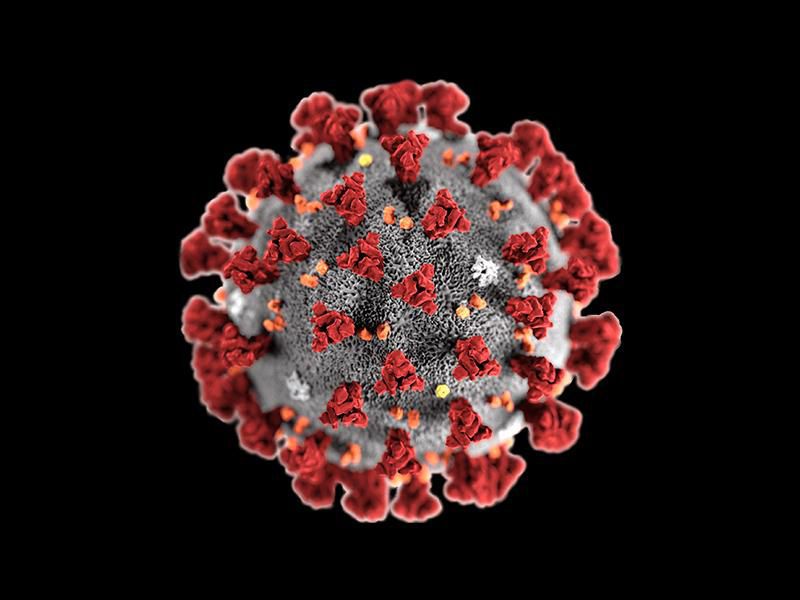A COVID-19 PCR test is recommended when symptoms of the infection are severe and last for more than two days. The CDC recommends a blood test for early detection of the virus in children. The swab used to collect the respiratory material is made of cotton and a soft tip on a long, flexible stick. It is inserted into the nostrils, and can be either a nasal or nasopharyngeal swab. A lab technician will isolate the genetic material and report it.
A PCR test is considered the gold standard of COVID-19 detection, as it detects the virus’ genetic material in the blood. Although the PCR test takes longer than the rapid antigen test, the results are more accurate. Additionally, the PCR tests take a bit longer than an antigen test, but this delay may reduce the spread of the disease. Both tests are available at Manhattan Medical Arts. Generally, the patient is tested with a nasal swab, and a nasal swab rotates five times in order to gather mucous.
A negative COVID-19 PCR test will not result in a call. You will be notified via myD-H or US mail. It will mean that the virus was not present in your blood at the time of the test, or that the sample was collected too early. It is important to note that symptoms of COVID-19 usually begin between one and ten days after exposure, so it is important to follow up with a healthcare provider right away if you suspect that you have the virus.
While the PCR test is the gold standard for COVID-19 detection, it has some limitations. A faulty PCR can produce false positive results. Therefore, a positive test should be repeated to confirm that the infection has been eliminated. Otherwise, a negative result should be immediately followed by a molecular test. There are other methods, including serology, which can be more accurate and reliable. The PCR tests are used to diagnose a case of COVID-19.
A PCR test is an excellent choice for diagnosing COVID-19. Using a PCR test to detect this antigen in the body is highly accurate, but it is important to note that negative results do not always indicate the presence of the virus. In addition to a PCR test, a rapid immunoassay can also be performed. During a bacterial infection, the patient may need to undergo another type of treatment or undergo tests. During this time, the diagnosis should be confirmed.
If the results are negative, you can take a rapid antigen test. These tests look for bits of protein on the surface of the virus. These tests are more sensitive and faster than the PCR test, but the results of the antigen test are not completely reliable. The PCR will not be accurate if you don’t have the virus. It will take more than a week to detect COVID in your body.
